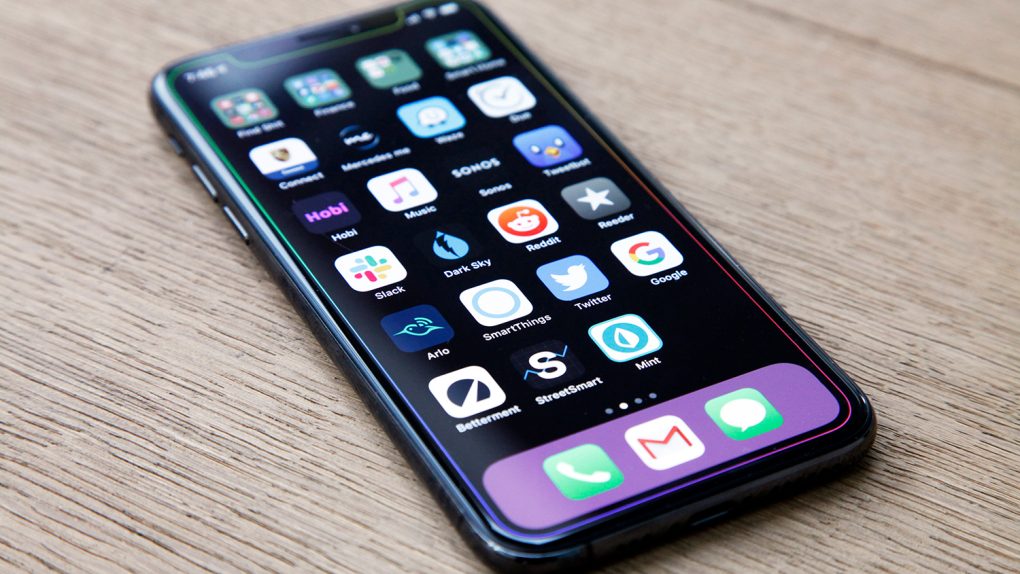In an effort to further diversify its supply chain, Apple is “aggressively testing” flexible OLED displays from China’s BOE Technology Group for its 2020 iPhone models. Sources have told Nikkei Asian Review that Apple is in the final stages of certification for the advanced display technology, which would serve the dual purpose of lowering costs, as well as reducing the company’s reliance on Samsung, which is one of Apple’s primary suppliers.
When Apple launched the iPhone X, Samsung was its sole supplier of OLED screens, as no other supplier was able to meet the company’s demand for the expensive component. LG Display was added to the supply chain in 2018, but Samsung continued to provide the vast majority of the displays for the iPhone XS.
As Nikkei notes, BOE has previously provided LCD panels to Apple for the MacBook and iPad, but this would be the first time Apple has sourced OLED panels from a Chinese supplier. IDTechEx Research expects the OLED market to balloon from $25.5 billion in 2018 to over $30 billion this year, which should illustrate just how transformative Apple’s decision could end up being for BOE and the Chinese display industry at large.
Sources say that Apple is currently testing OLED displays at BOE’s facility in Chengdu, the capital of China’s Sichuan province. BOE is said to be building a second facility in the area as well, and if Apple does place orders with BOE, the new facility would be solely allocated to supplying Apple with the parts it needs.
In 2017, an IHS Markit teardown claimed that the OLED display accounted for $110 of the $370.25 cost to build an iPhone X. It is far and away the most expensive component, but a source tells Nikkei that BOE’s display may be 20% cheaper than the display Samsung supplies. So even if the iPhone 12 doesn’t feature as drastic of a redesign as the Galaxy S10 or a standout new feature, Samsung could still suffer a major defeat next year.








